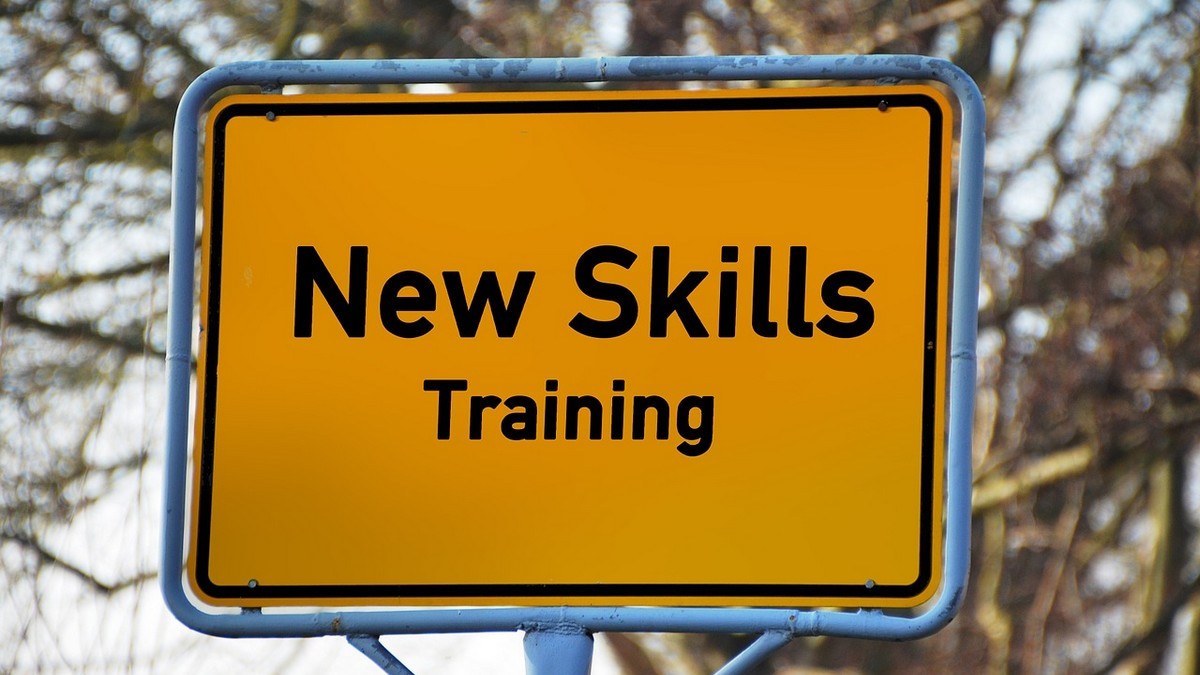4-H programs are keys to social activity, learning animal care, leadership and more for many youths across the country.
Head, Heart, Hands and Health are the four tenets of 4-H; and since 1902, the program has expanded to more than four dozen countries and is present in every U.S. state. Millions of youths participate each year. But do you know the history of the 4-H organization?
The 4-H program that the public recognizes as a force for teaching youths life skills and leadership across the country has its roots in the late 1800s, but it did not take the form that people recognize until 1902.
Researchers had figured out that youths were often more receptive to advancements in agriculture than adults. They wanted to connect public-school education experiences with the reality of country life. To teach youths about local industries and agriculture, youth clubs were key.
In 1902, in Clark County, Ohio, a school teacher in Springfield named A.B. Graham started a community club called “The Tomato Club,” or “The Corn Growing Club,” 4-H organization documents report. In 1905, Graham was named the first superintendent of Agricultural Extension at The Ohio State University.
But in 1902 the program was gaining traction in other areas of the country too. In addition to the Clark County club, T.A. Erickson, a resident of Douglas County, Minnesota, also got to work creating afterschool clubs and agricultural fairs for local youths.
In 1910, Jessie Field Shambaugh, a school superintendent in Page County, Iowa, created the logo that many recognize as the 4-H emblem: a clover symbol with an H on each clover leaf. She started afterschool clubs in Page County in 1901 and organized clubs in 130 country schools in that county.
It took a decade after Graham’s and Erickson’s groups started, however, for the afterschool clubs and other organizations to come under the 4-H umbrella. That finally occurred in 1912, 4-H organization documents reveal.
Programs continued to evolve and grow, especially in 1914. That year, the federal government passed the Smith-Lever Act of 1914. This federal law created the cooperative extension services as we know them at land-grant universities across the country. The extension services focused on providing the public with information about home economics, agriculture, public policy and government, and more. The youth-focused 4-H programs fell under that umbrella, which helped the programs to flourish nationwide.
Over time, the program offerings from 4-H have expanded to reach more youths across the country. For youths ages 5 and older, there are opportunities to participate. Youths from kindergarten to third grade can participate in the Cloverbuds program, but they do not compete. Competition comes later.
There are 4-H afterschool programs that focus on experiential, cooperative learning activities with adults to gain life skills and help youths to move toward their goals. States have camping programs, collegiate programs and a variety of conferences that 4-H participants can attend — like the National 4-H Dairy Conference, the Western National 4-H Roundup and the Eastern National 4-H Horse Roundup.
To learn more about 4-H in Knox County, visit u.osu.edu/4hknoxcounty.




.webp)
.webp)
